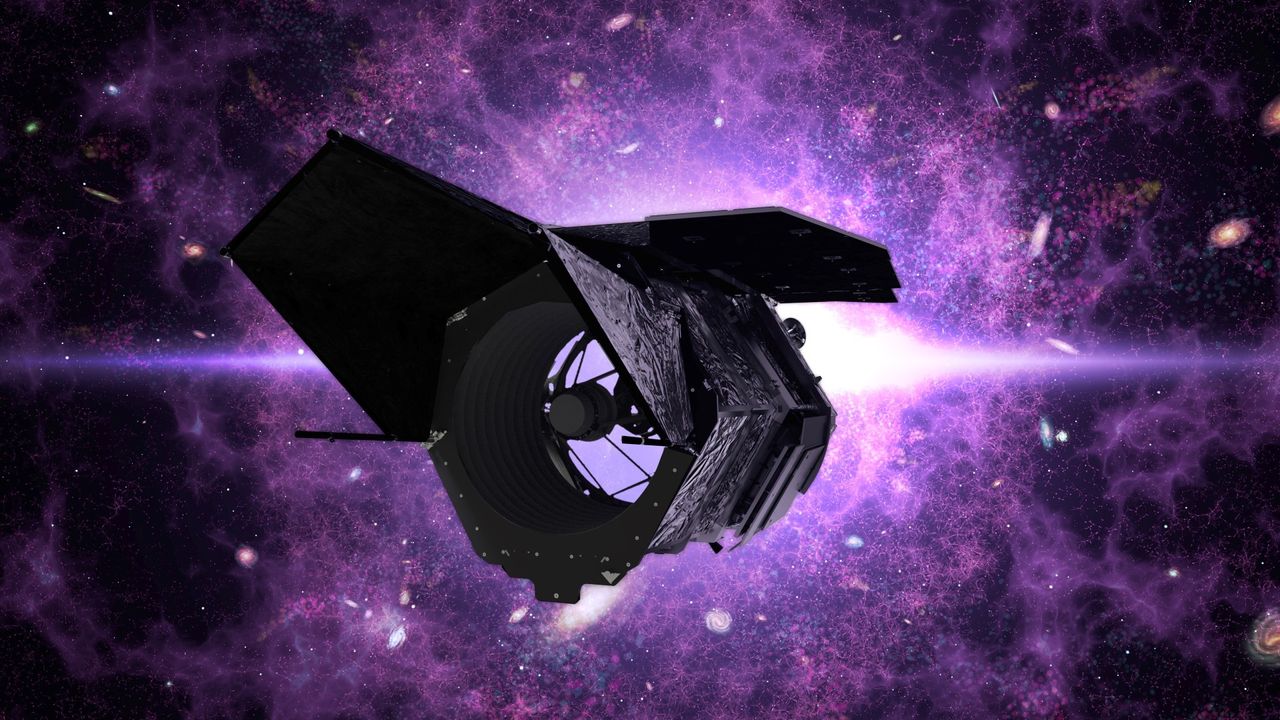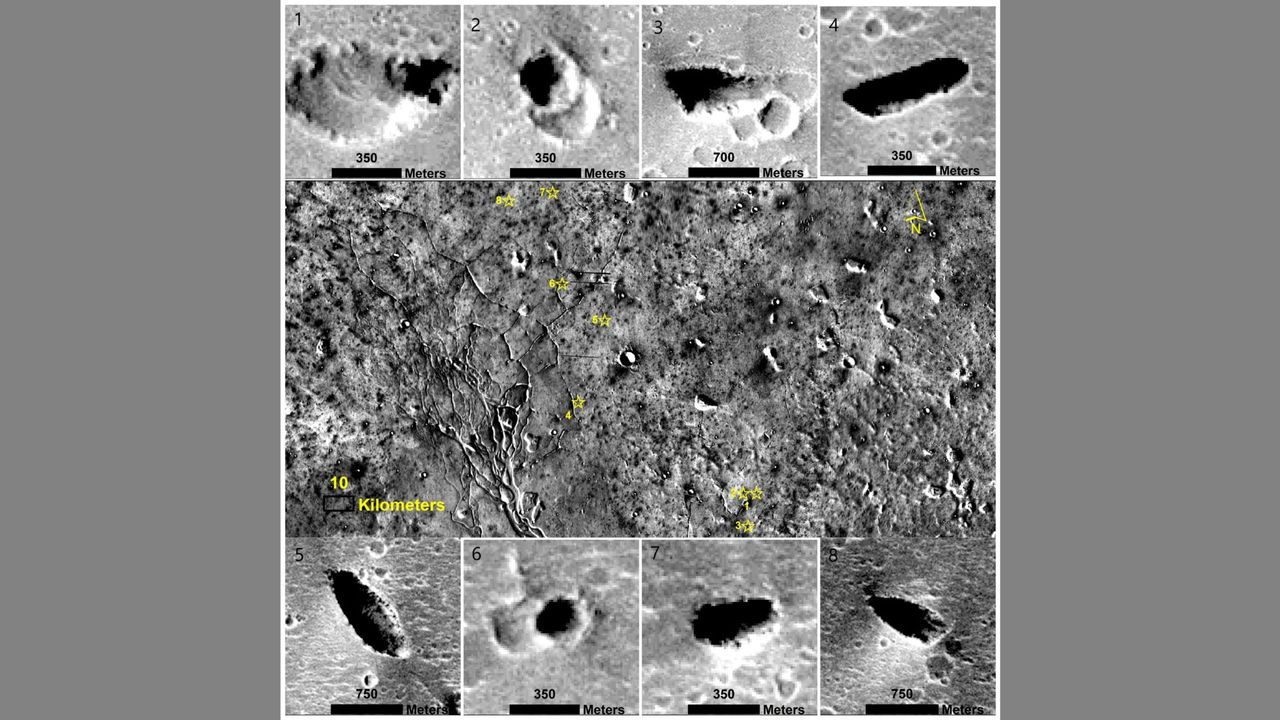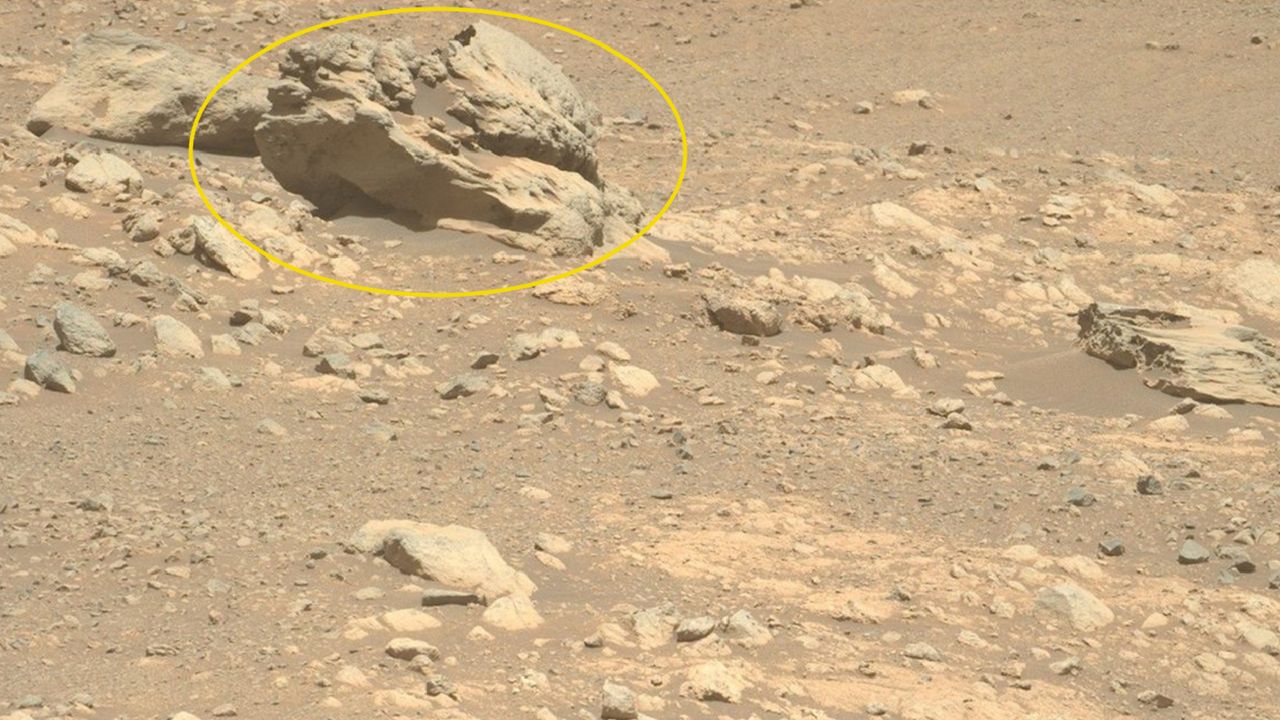Giant 'diamond ring' sparkles 4,500 light-years away in the Cygnus constellation — Space photo of the week
PositiveScience

- NASA's SOFIA observatory has captured a stunning image of a glowing gas ring in the Cygnus X region, located 4,500 light-years away. This rare phenomenon, likened to a giant 'diamond ring,' showcases the beauty and complexity of star formation in this vast area of space.
- The discovery highlights the capabilities of NASA's SOFIA, which plays a crucial role in advancing our understanding of cosmic phenomena. Such observations not only enhance scientific knowledge but also inspire interest in astronomy and the ongoing exploration of the universe.
— via World Pulse Now AI Editorial System


